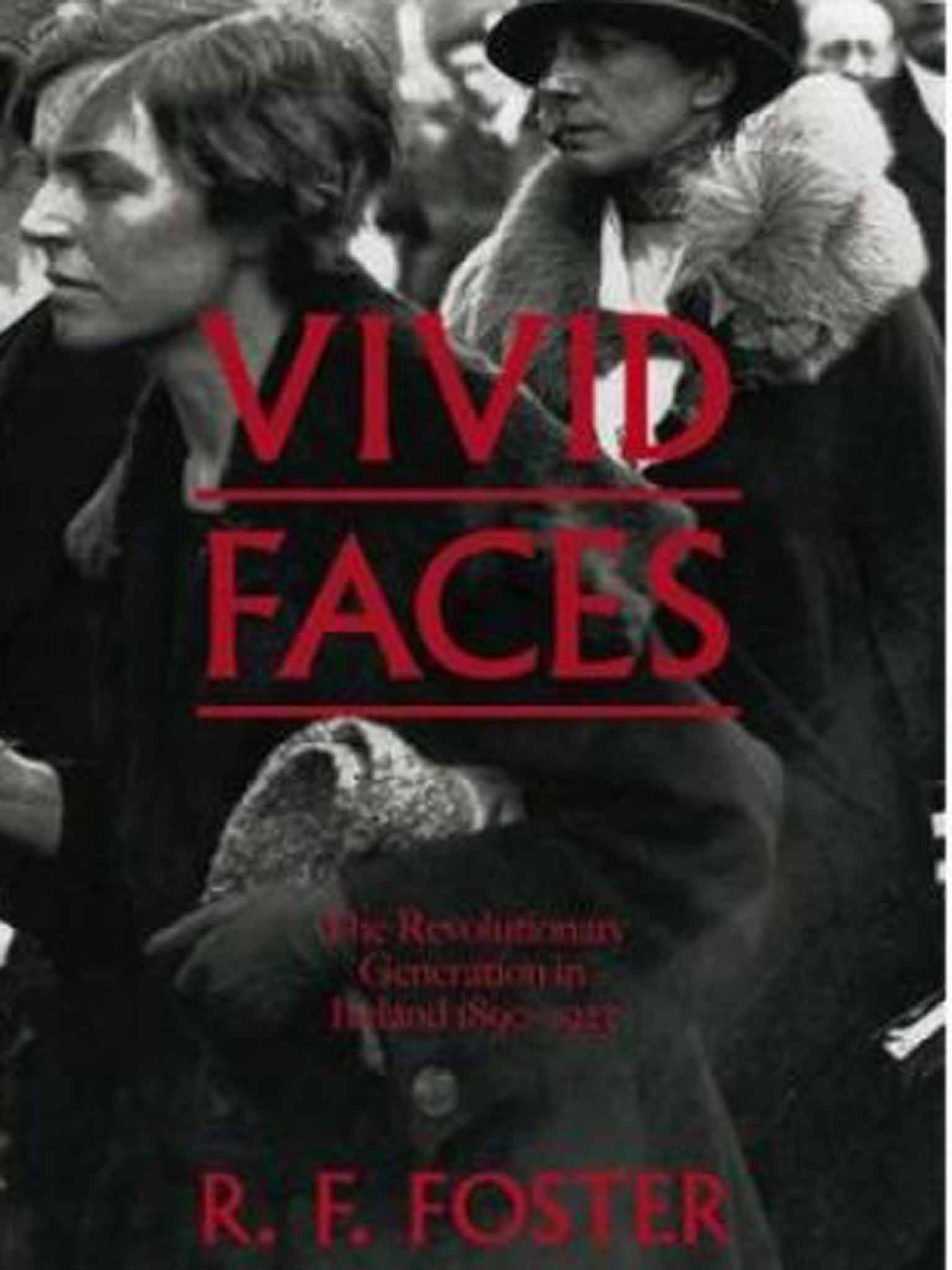Vivid Faces by RF Foster - book review: First-class account of when Ireland went to war

The Easter Rising of 1916 began in Dublin’s General Post Office. No wonder, perhaps, given that so many of the insurgents had pursued civil-service careers in what Roy Foster calls “the imperial structure of the Royal Mail”. Even Richard Mulcahy – later IRA Chief of Staff and Defence Minister of the Irish Free State – had worked as a postal clerk. Where better than the GPO to sign, seal and deliver Ireland’s liberation?
Written by a master-historian, this superbly orchestrated group portrait of Ireland’s “revolutionary generation” from 1890 to 1923 shows how the independence movement drew its ideas, tactics and personnel not from peasant outsiders but metropolitan, middle-class insiders. From schoolmaster Patrick Pearse, accountant-turned-playwright Terence MacSwiney and newspaper editor Arthur Griffith by way of Countess Markievicz and the militant clan of Count and Countess Plunkett, Ireland’s road to freedom was mapped not just by bourgeois but even aristocratic rebels. And the “terrible beauty” that WB Yeats celebrated in his poem “Easter 1916” came as the shock of their lives to many of these arty, dreamy history-makers. Spectacle and rhetoric fell into blood-stained reality (with 450 dead at Easter).
RF Foster is more myth-buster than myth-builder. Oxford’s professor of Irish history has little romantic attachment to the “long-term culture of violence and antagonism” that not only evicted the British from 26 counties but stoked the fractricidal Civil War of 1922-23. Instead, he reveals from within how the enduring split between “physical force” and negotiation, bullet and ballot, divided not only friends and families but the torn hearts of many revolutionaries themselves. “Woodenly stupid” British policy played its part in radicalising this generation, as did the Ulster revolt against Home Rule in 1914 and the destabilising Great War. Frighteningly fast, the “cult of the gun” took hold.
Foster highlights refreshing new perspectives: the young people’s uprising against cowed, conformist parents; the secular, socialist and feminist currents of 1916; the “unabashed” lesbianism of some women radicals. In 1921, the new dawn broke grey and dull. By 1956, Belfast-born Bulmer Hobson – from a Quaker family, like several key insurgents – could lament that “the phoenix of our youth has fluttered to earth” as “a miserable old hen”. Yet the Irish Republic today more closely resembles the progressive nation that those “vivid faces” sought than it does the clerical backwater of Eamon de Valera’s state. That rebirth owes not a little to the scrupulous and zestful excavation of the Irish past that Roy Foster has done so much to bring about.
Subscribe to Independent Premium to bookmark this article
Want to bookmark your favourite articles and stories to read or reference later? Start your Independent Premium subscription today.

Join our commenting forum
Join thought-provoking conversations, follow other Independent readers and see their replies